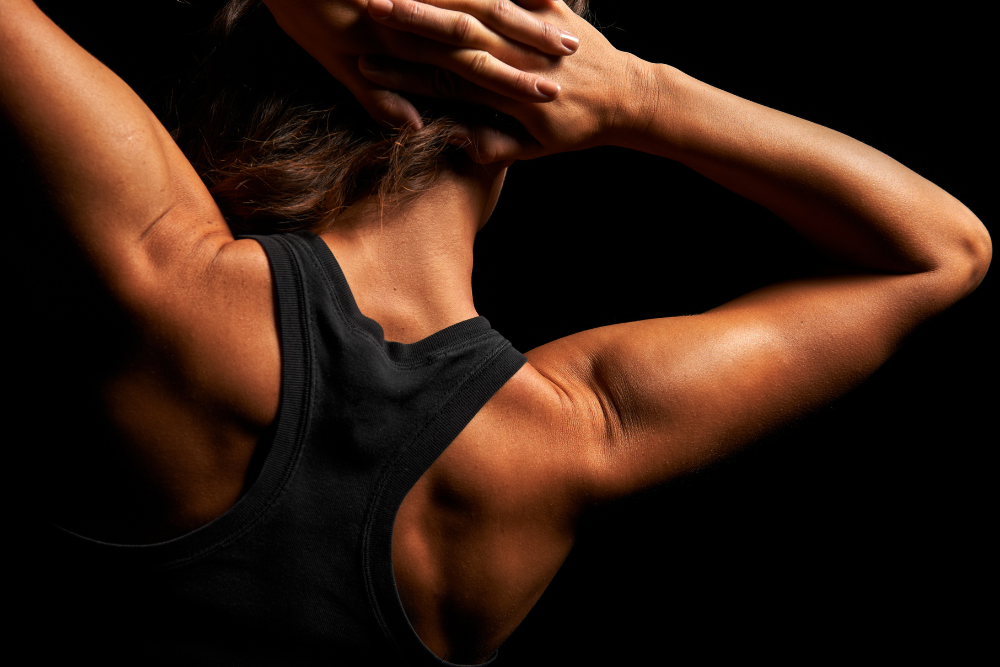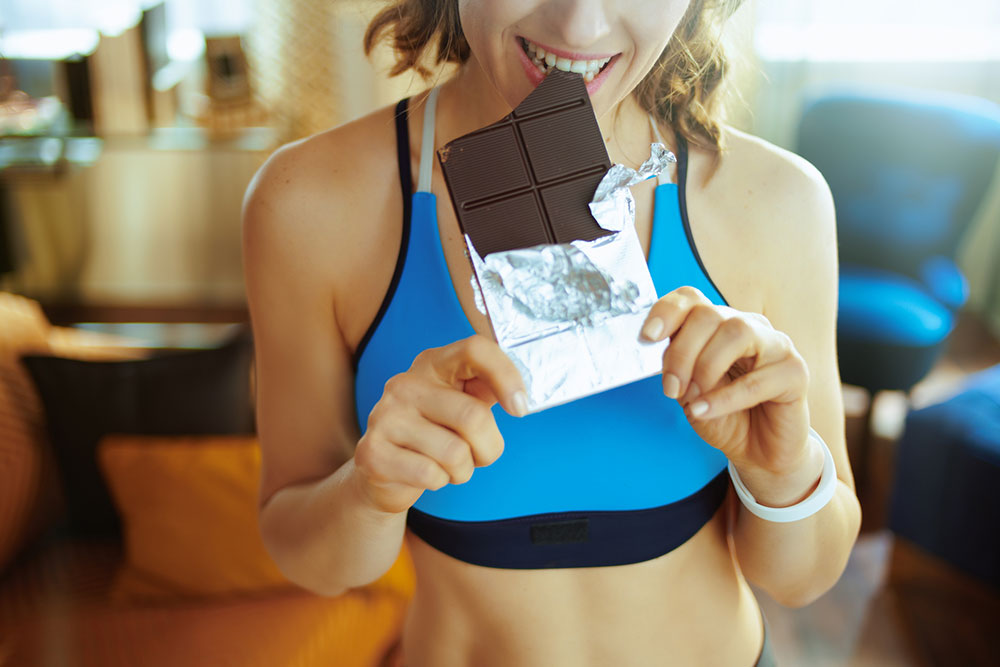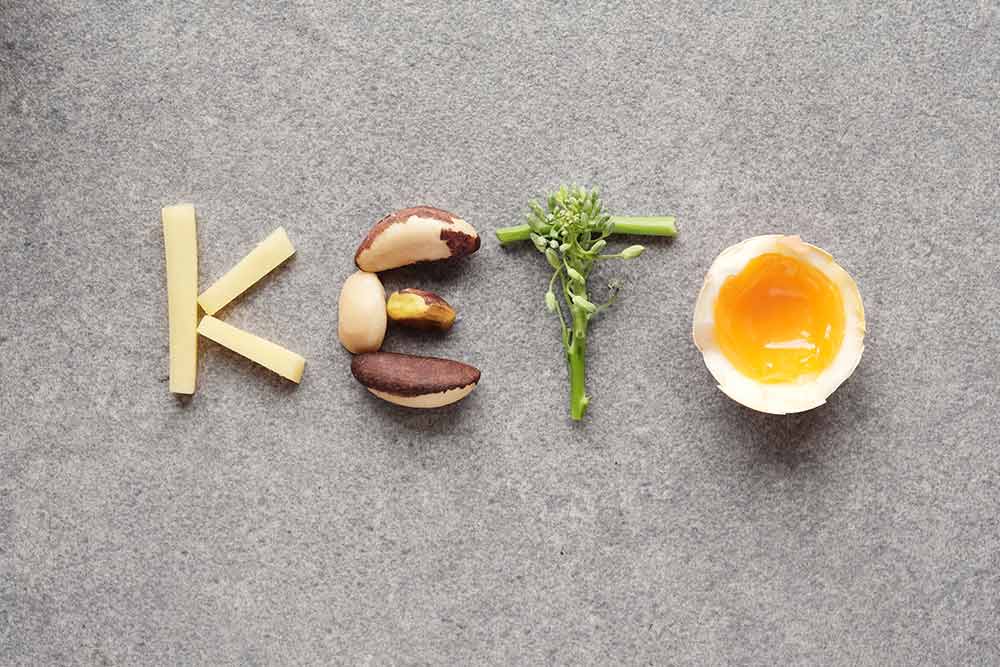Creatine Supplementation and Adaptive Response to HIIT for Women

Moji Kaviani, Ph.D., CEP
High-intensity-interval training (HIIT) has several well-established performance and health benefits. These include improving body composition, cholesterol, and cardiorespiratory fitness. In the hope of seeing further metabolic and physiological benefits., researchers are using various nutritional strategies, including supplements, in combination with HIIT to bolster its effects.
Creatine Supplementation and HIIT for Women
There is some existing evidence that suggests creatine supplementation combined with HIIT can increase ventilatory threshold and critical power in young males. However, the effects of creatine in combination with HIIT for women remain unclear. Specifically, previous studies have shown higher gain in fat free mass and strength in men versus women in response to creatine combined with resistance training. This could be because:
- increased training volume with creatine, while training volume did not differ between females consuming creatine or a placebo
- higher resting intramuscular levels of creatine in females compared to males
- potential gender-based differences in response to HIIT, which would require more investigations in females
The Study
In the study, participants (seventeen recreationally active females) consumed creatine (0.3 g per body weight for 5 days considered as “loading phase” followed by 0.1 gram per body weight for 23 days). Or they consumed a placebo, which was matched with caloric content.
On training days, supplements were consumed approximately 5 minutes after training, and on non-training days, supplements were consumed in two equal doses throughout the day. All supplements were consumed with food and/or water. A 2000m time-trial test was used to measure performance. Body composition, fasting blood glucose and insulin were measured before and after the interventions.
The Results
Based on the composition of previous studies, different HIIT sessions were used to provide variety in training program. The results showed that 4 weeks of HIIT improved performance, peak oxygen consumption, and ventilatory threshold. However, no further benefits were noted when creatine was consumed in supplementation with HIIT for women. Differences between studies may be due to dose, type, duration of training protocol, age, and measures of performance.

So, here’s some food for thought when it comes to HIIT performance. You should avoid:
- refined carbohydrates, such as white bread, pastries, french fries and other fried foods
- soda and other sugar-sweetened beverages
- processed meat (hot dogs, sausage)
- margarine, shortening, and lard
And you should consider including:
- complex carbohydrates, such as legumes, beans, whole grains, and vegetables
- Sports drinks containing low amount of added sugar
- Dairy products (skim or low-fat milk, cheese)
- Nuts such as cashews, walnuts, almonds.
Following is a recommended protocol for HIIT workout. See the benefits of this type of training approach in just 4 weeks.
HIIT protocol (4-week program)
| Session 1 | Session 2 | Session 3 |
| 30-second all-out cycling “sprint” intervals with 4-min recovery intervals.
Four intervals in week 1, five intervals in week 2, six intervals in week 3, and four intervals in week 4. |
Repeated cycling sprints consisted of 6 second “sprint” intervals separated by 24-second rest intervals. Set load at 9% of body mass.Ten intervals in week 1, fifteen intervals in week 2, twenty intervals in week 3, and ten intervals in week 4. | 60-second intervals followed by 60-seconds of recovery. HIIT and recovery intervals set at 85% and 15% of their Wmax achieved during the VO2 peak protocol.
Eight intervals in week 1, ten in week 2, twelve in week 3, and eight in week 4. |
| Total intervals: 19 | Total intervals: 55 | Total intervals: 38 |
References
Kendall, K. L.et al. (2009). Effects of four weeks of high-intensity interval training and creatine supplementation on critical power and anaerobic working capacity in collegeaged men. Journal of Strength and Conditioning Research, 23(6), 1663-1669.
Gibala, M. et al. (2012). Physiological adaptations to low-volume, high-intensity interval training in health and disease. Journal of Phsyiology, 590(5), 1077-1084
Forbes, S. C., Waltz, W., Candow, D.G. (2014). Creatine timing on muscle mass and strength: Appetizer or Dessert? Agro FOOD industry Hi Tech, 25(4), 3
Forbes, S et al. (2016). Creatine Monohydrate Supplementation Does Not Augment Fitness, Performance, or Body Composition Adaptations in Response to Four Weeks of High-Intensity Interval Training in Young Females. Int J Sport Nutr Exerc Metab. 2017 Jun;27(3):285-29You Might Like:
















